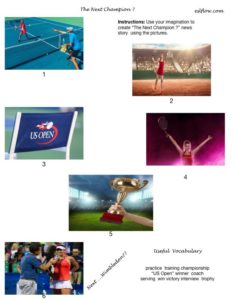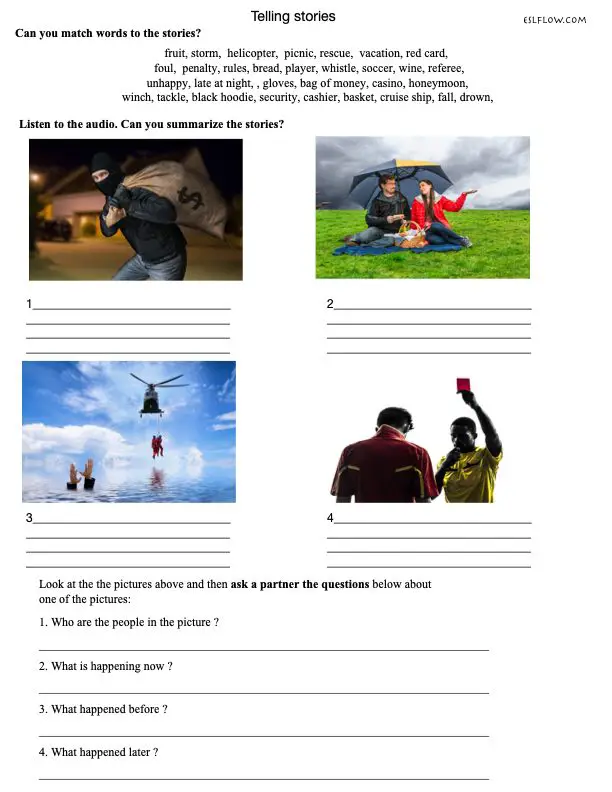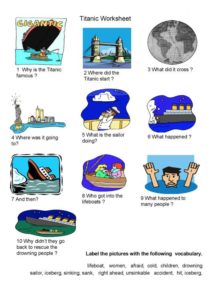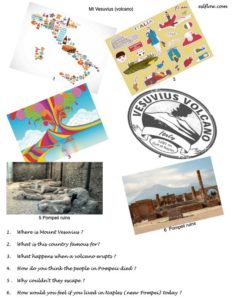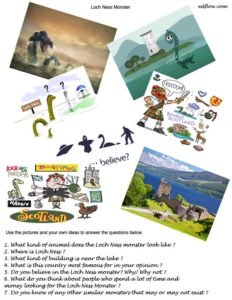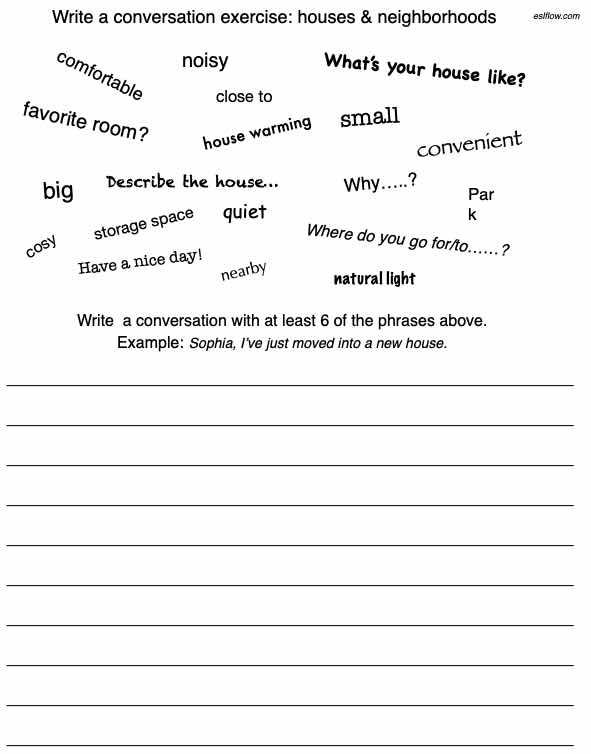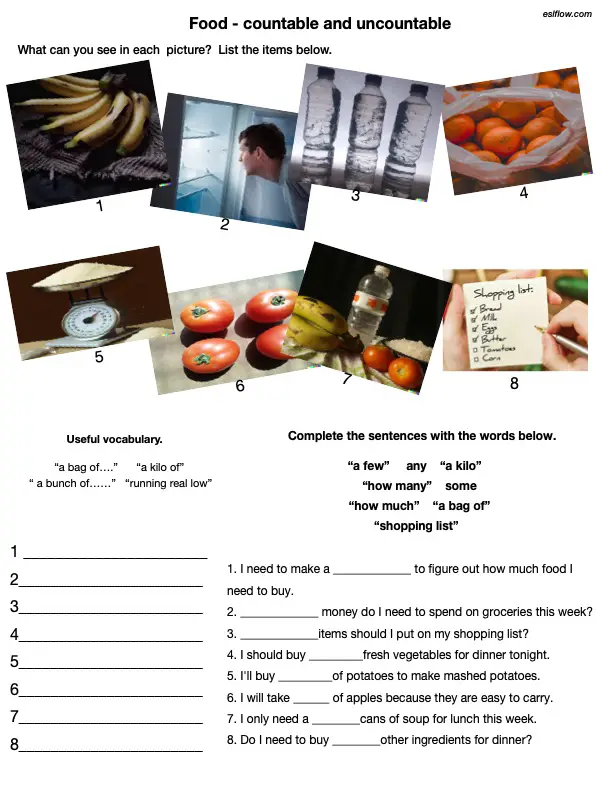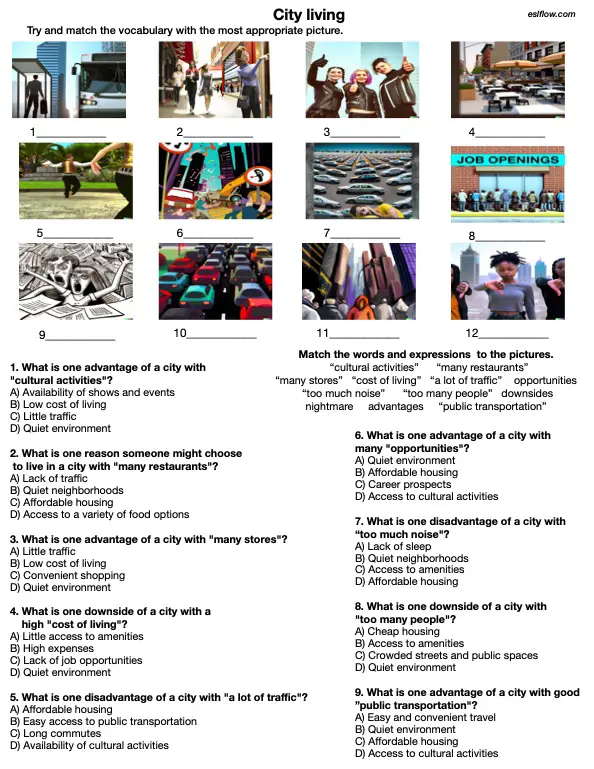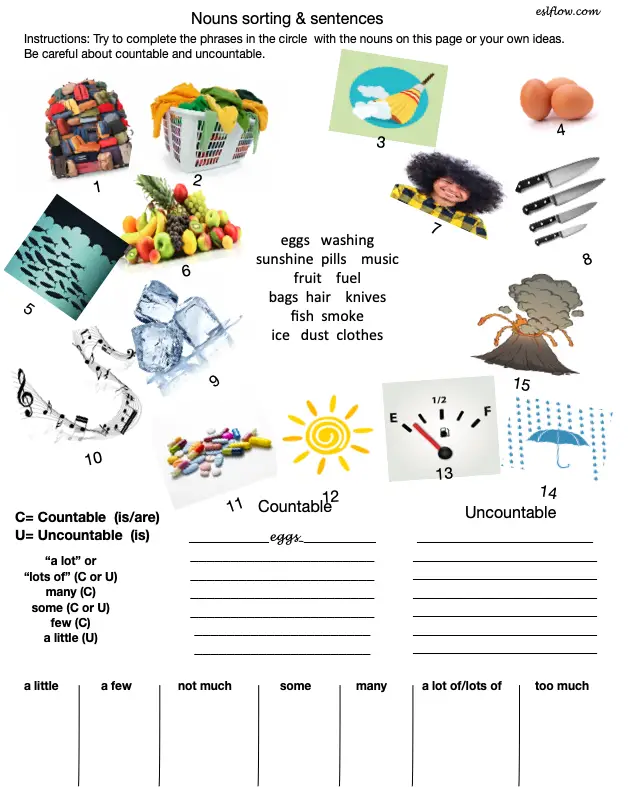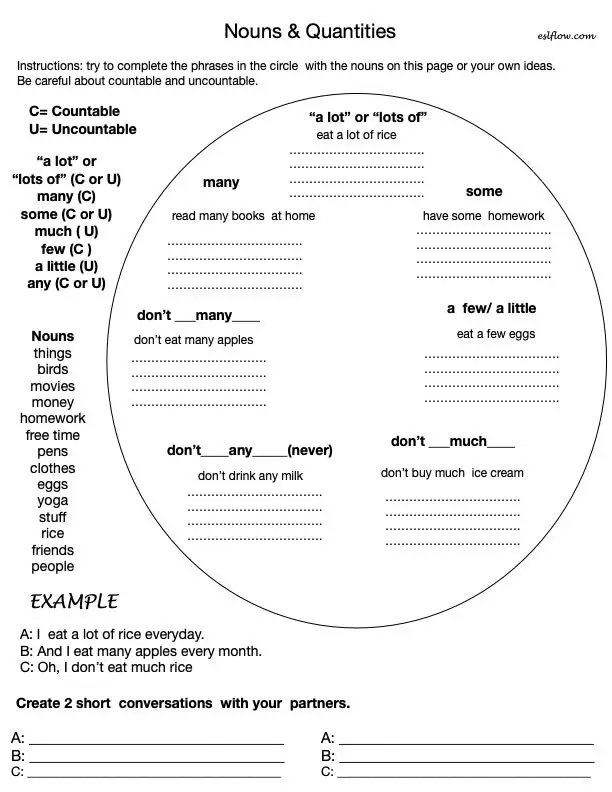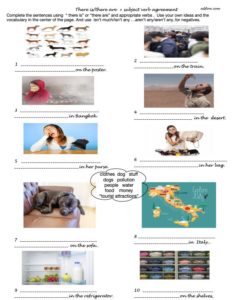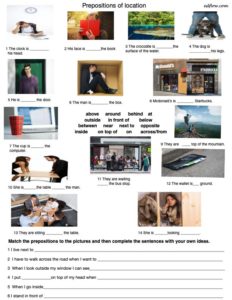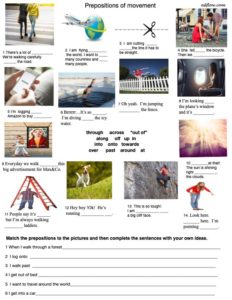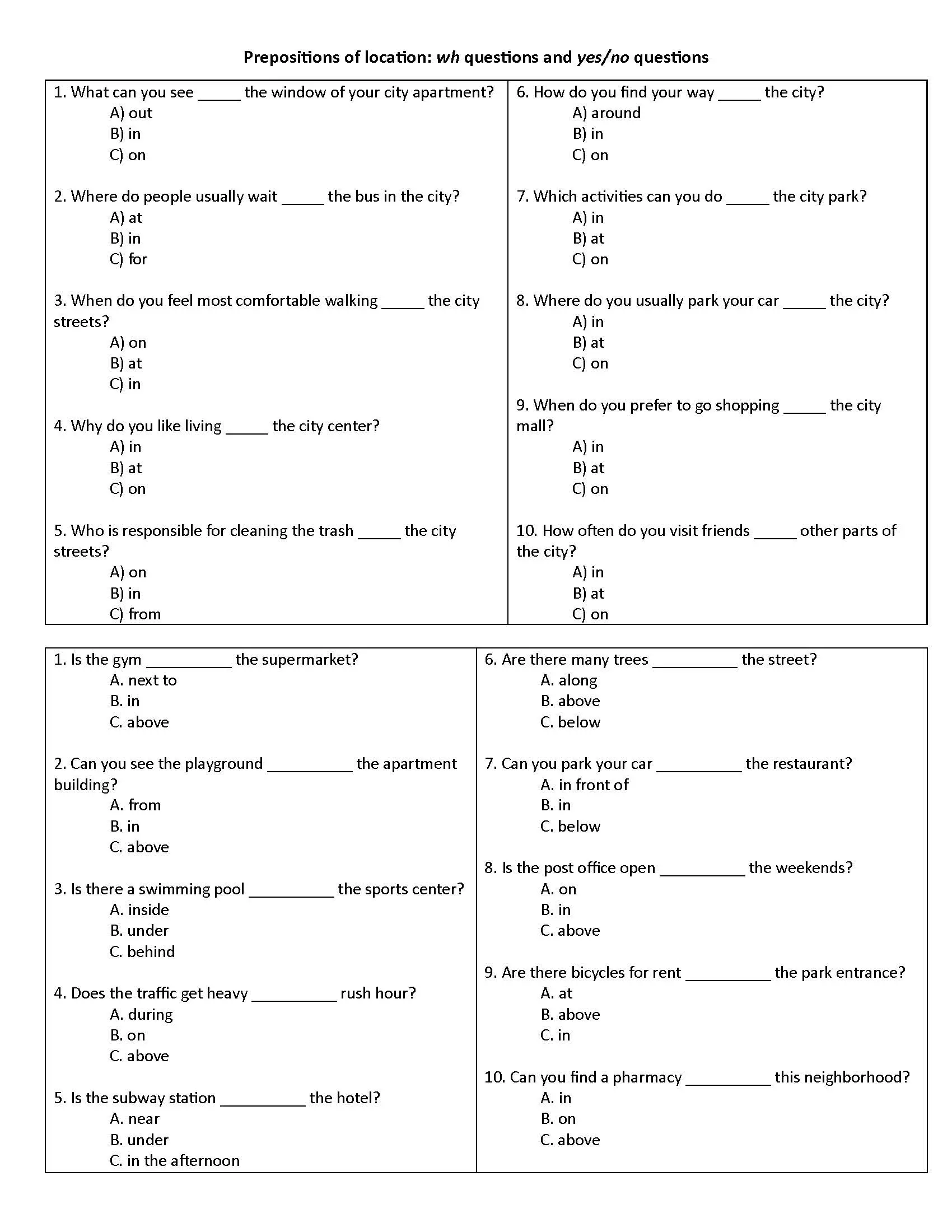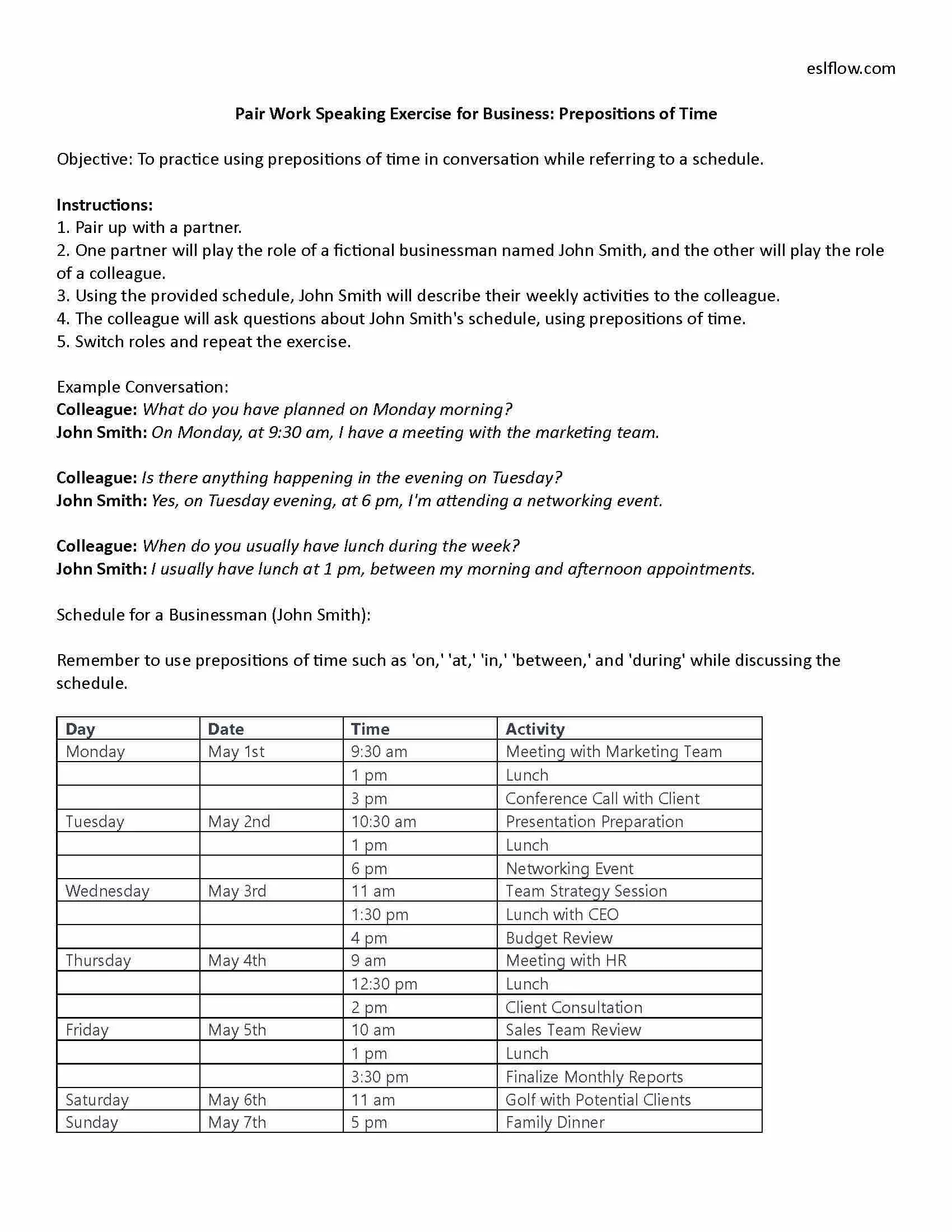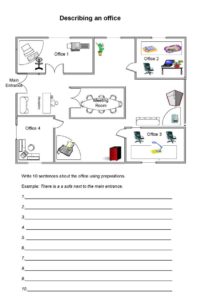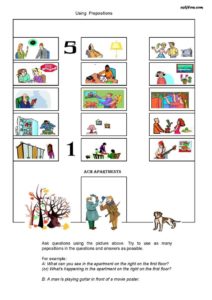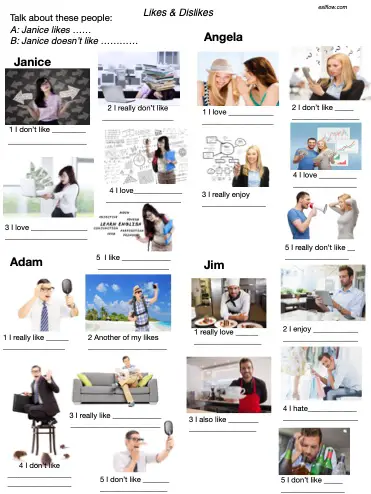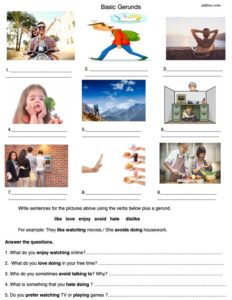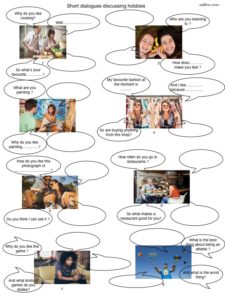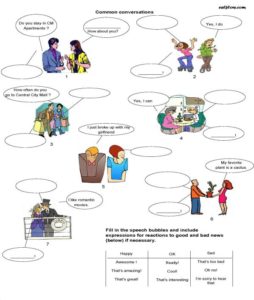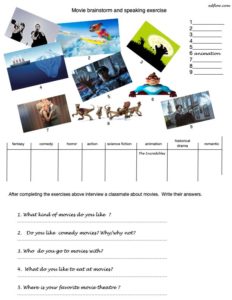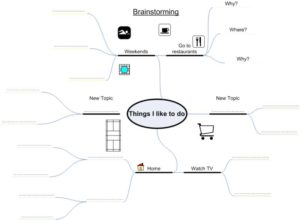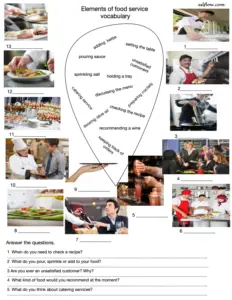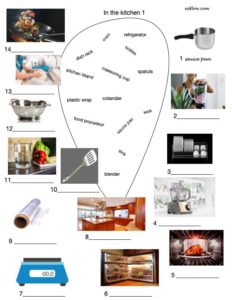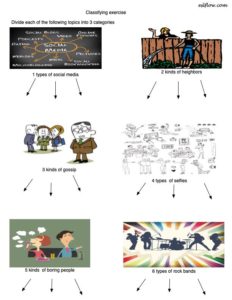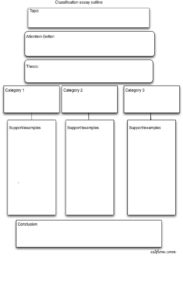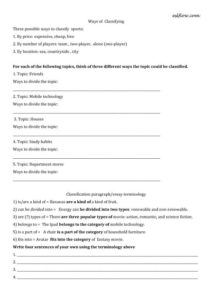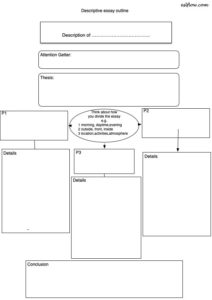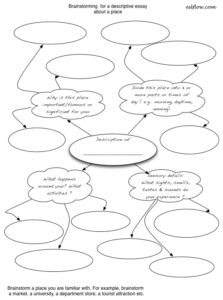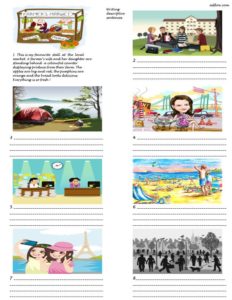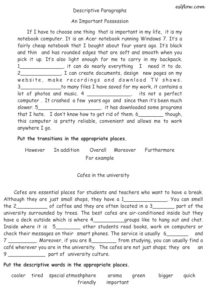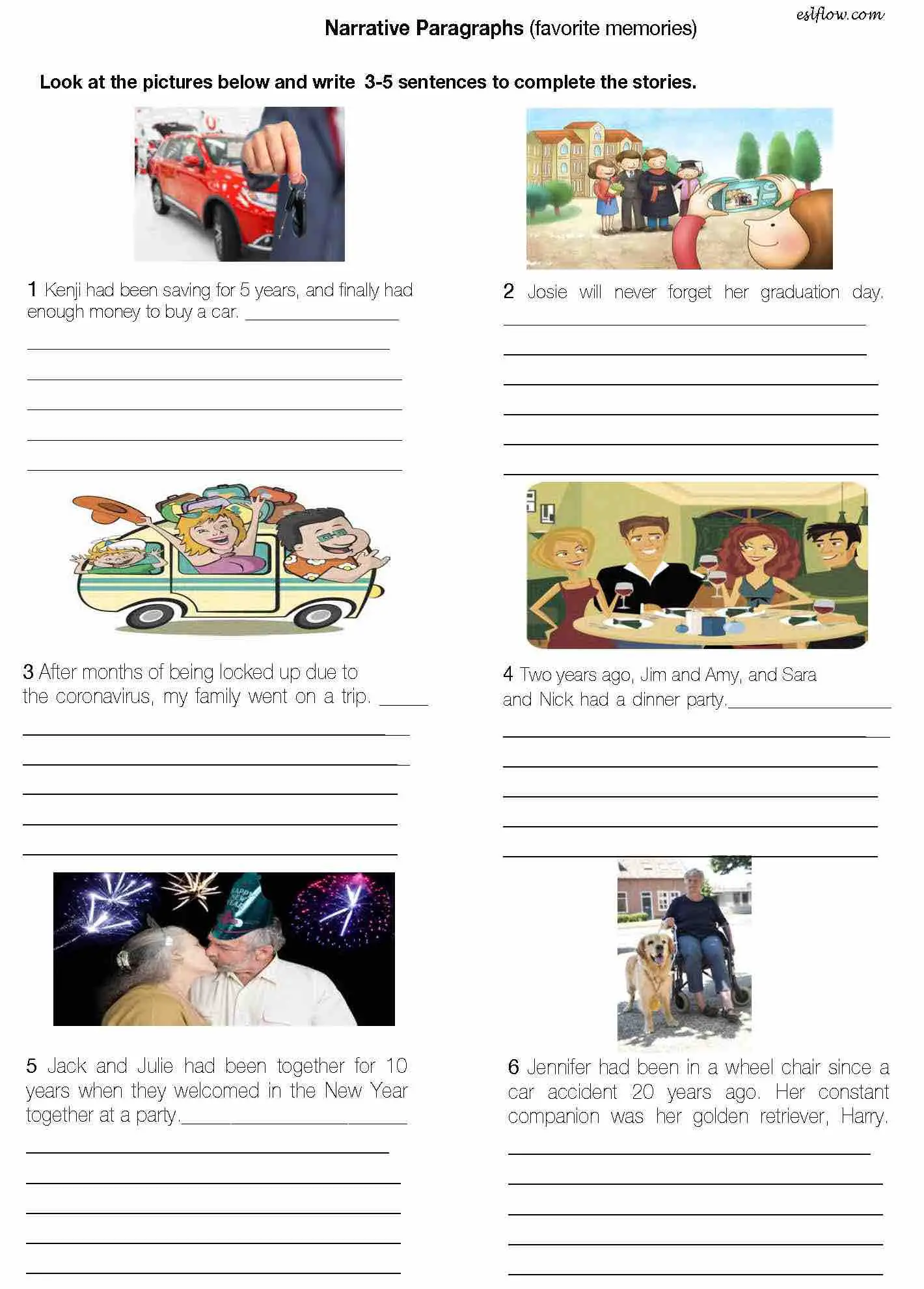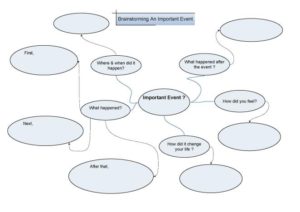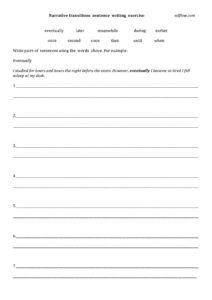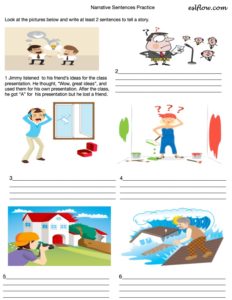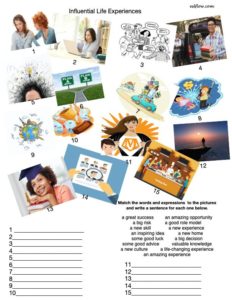Story Telling Ideas for Teaching ESL Students
Story telling is a good teaching technique for ESL students because:
1) Storytelling can help students learn new vocabulary in a contextualized way.
2) Storytelling can provide a fun and engaging way for ESL students to practice their listening skills.
3) Storytelling can help students develop their ability to understand spoken English.
4) Storytelling can help students improve their fluency and confidence in speaking English.
1 “The Next Champion?”
This is a sports story about an up and coming tennis champion. The story tracks the female tennis player’s career from her childhood and speculates about her future success.
Subscribe to Eslflow
Subscribe to get full access to the latest and best resources from eslflow.com. There are no ads in the newsletter and you will receive entertaining, high quality, and up-to-date teaching resources regularly. Also, if you take out a paid subscription, you can download large collections of PDF, audio and video materials in zip files.
2 Mona Lisa’s Sister
In this international news story writing exercise, students have to write a story about the the recent (fictional) discovery of a painting by Leonardo Da Vinci similar to the “Mona Lisa” but titled “Lisa’s Sister”.
3 Telling stories worksheet
“Telling stories” is a story telling exercise using pictures. Students try to match the vocabulary at the bottom of the page to the pictures. Then they can listen to the audio and try to tell stories in the pictures. Or, they can create their own stories.
4 “Mountain Rescue” story exercise
The pictures show the story of snowboarder who climbed a mountain but then had an unfortunate accident while snowboarding down.
5 Lost Keys
This is a human interest story. It is a story telling exercise about a common everyday occurrence. A woman loses her keys at the department store and is worried about being late for work. But everything ends well after her keys are returned to her.
6 The Astronauts Return
A story about a space exploration and research expedition.
7 Titanic story telling worksheet (with answers)
This is an English language exercise aimed at engaging students in a discussion about the story of the Titanic. Students try to match the vocabulary at the bottom of the page to the pictures. Then they try to answer the questions and recreate the story of the Titanic in their own words. Or they can listen to the audio and then answer the questions.
8 “Oil Spill”
“Oil Spill” is the story of a damaged tanker leaking oil and bursting into flames. The leaking oil kills wildlife and contaminates the environment.
9 “Cat in Tree”
These pictures about a genius cat who gets stuck in a tree form the basis of a local human interest story.
Related Resources:
3 kinds of exercises for teaching transitions
6 memorable narrative essay writing practice exercises (PDF)
6 delightful descriptive paragraph and essay writing exercises (PDF)
11 essential exercises for elementary writing students (PDF)
10 Mt Vesuvius worksheet
“Mt Vesuvius” is an exercise for discussing the volcano Mt Vesuvius. Students use their own ideas to answer the questions.
11 Message in a Bottle worksheet
“Message in a Bottle” is a questionnaire for discussing and Imagining the story behind a message in a bottle.
12 Talking about the Loch Ness Monster
This is a questionnaire looking at the Loch Ness Monster and discussing the possibility of its existence.
